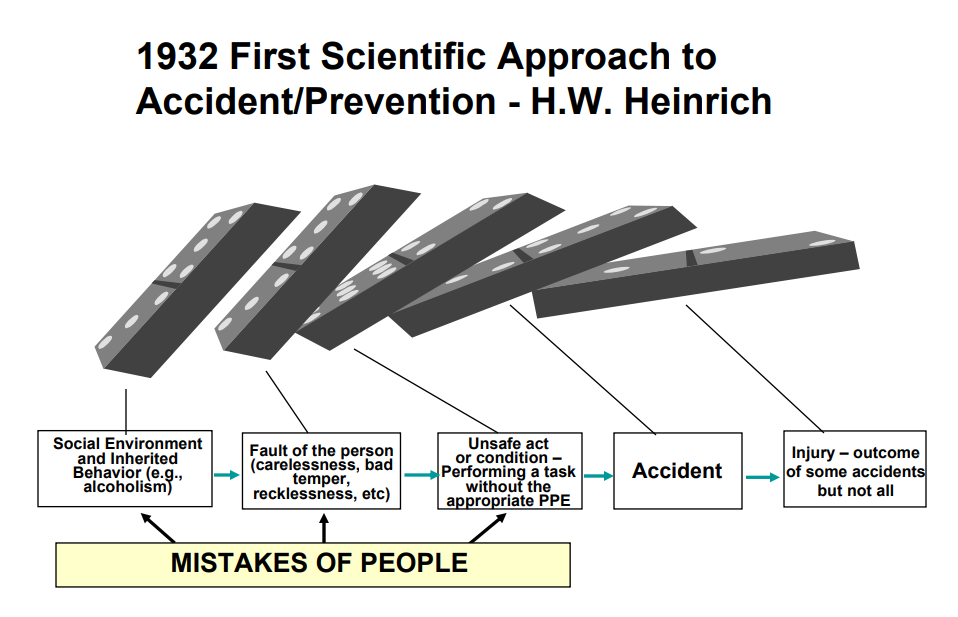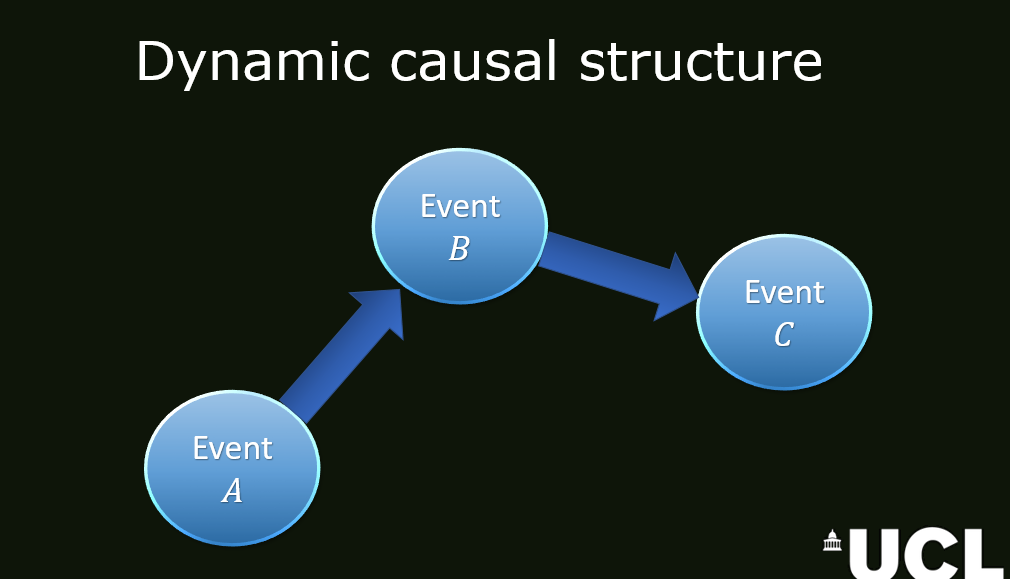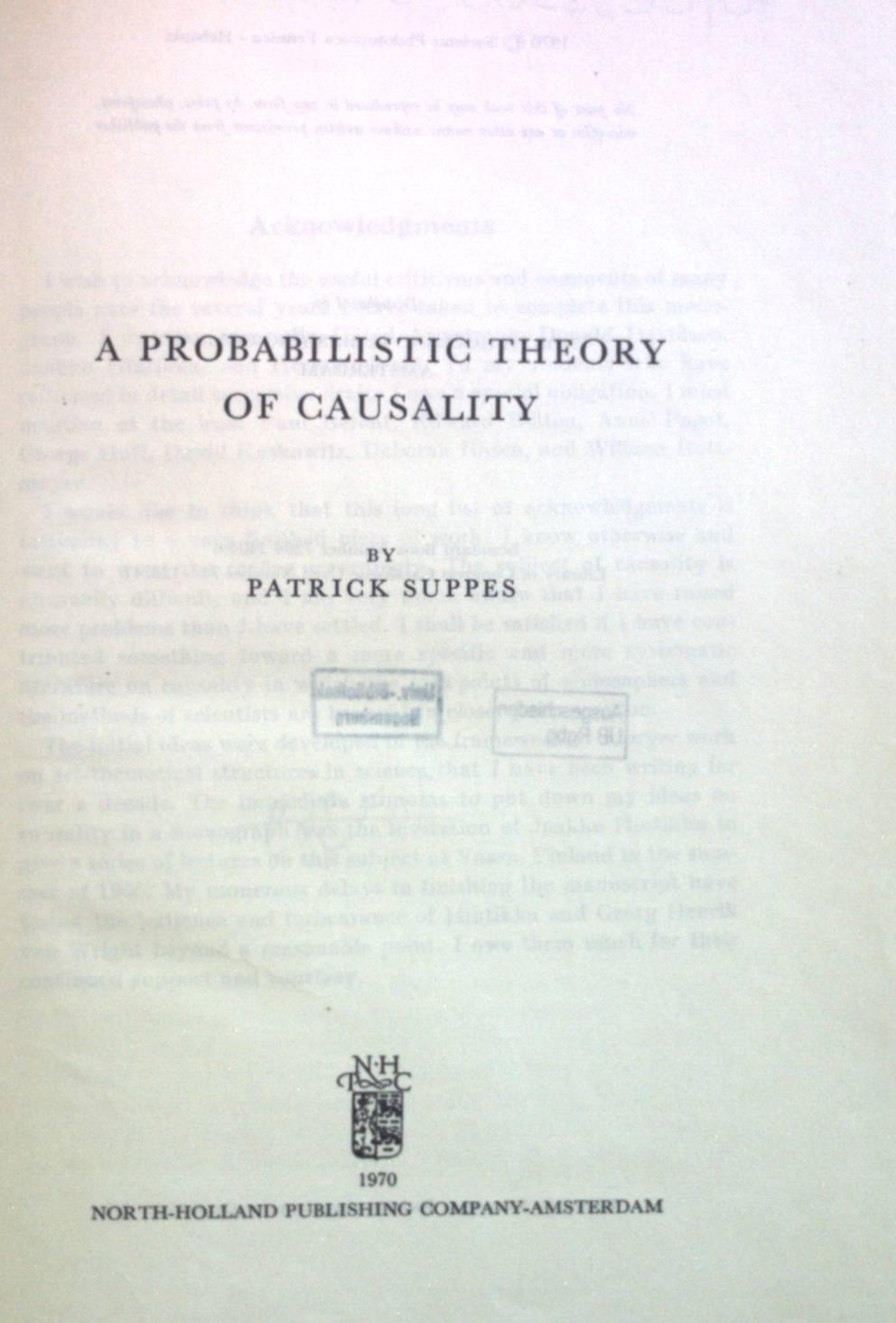
What is the test of reasonable foreseeability? The test for negligence is: would a reasonable person in the position of the defendant foresee the possibility of his or her conduct causing damage to another person would a reasonable person have taken steps to guard against the possibility of harm, and. Legally, there are four factors needed to prove negligence: duty, breach of duty, causation, and damages. To prove negligence in court, the plaintiff needs to show the other party's breach of duty was both the actual and proximate cause of their injuries. Do you need both actual and proximate cause? Now this is often pretty straightforward when we're talking about something like running a red light or driving recklessly. How do you prove proximate cause?Įstablishing proximate cause means proving the victim's injury was “reasonably foreseeable” by the defendant.


Civil negligence is more common than criminal, but criminal negligence is much more severe and generally has much more damaging consequences. Is negligence civil or criminal?Ĭivil negligence claims are made by the injured person, while criminal negligence cases are issued by the government. This article will discuss all three defenses, when they're used, and how they're established. The most common negligence defenses are contributory negligence, comparative negligence, and assumption of risk. What are the major defenses to negligence? What are the 5 elements of negligence?ĭoing so means you and your lawyer must prove the five elements of negligence: duty, breach of duty, cause, in fact, proximate cause, and harm.
#THEORY OF CAUSALITY DRIVER#
Damages.2 What are some examples of negligence?Įxamples of negligence include:A driver who runs a stop sign causing an injury crash.A store owner who fails to put up a “Caution: Wet Floor” sign after mopping up a spill.A property owner who fails to replace rotten steps on a wooden porch that collapses and injures visiting guests. If you fail to establish the four elements of negligence, you will not be successful in securing compensation for your injuries.Duty of care. This is often referred to as "but-for" causation, meaning that, but for the defendant's actions, the plaintiff's injury would not have occurred. Under the traditional rules of legal duty in negligence cases, a plaintiff must prove that the defendant's actions were the actual cause of the plaintiff's injury. How do you prove causation in negligence? And so it wouldn't break the chain of causation.

So the refusal of your victim to treatment would not relieve you of liability in the thin skull rule. Does the thin skull rule break the chain of causation? Under legal causation the result must be caused by a culpable act, there is no requirement that the act of the defendant was the only cause, there must be no novus actus interveniens and the defendant must take his victim as he finds him (thin skull rule). unwarrantable, a new cause which disturbs the sequence of events, something which can be described as either unreasonable or extraneous or extrinsic." How do you establish legal causation? To break the chain of causation there must be something ". What is the reasonable victim standard?.Is there a difference between a reasonable woman and a reasonable man?.What are the characteristics of a reasonable man?.What is the reasonable man test in law?.

What is the test of reasonable foreseeability?.Do you need both actual and proximate cause?.What are the major defenses to negligence?.How do you prove causation in negligence?.Does the thin skull rule break the chain of causation?.What are the 3 elements of crime causation?.This demonstration of reverse-causal relations from intentions to the base components suggests that the theory of planned behavior should be modified to include reciprocal causal relations.Ĭausality cross-lagged correlation quasi-experiment theory of planned behavior. Might causal influence also flow in a reverse-causal direction from intentions back to the base components? This causal sequence was tested and supported by a correlational study, a lab-based experiment, and a quasi-experimental field study. However, despite being one of the most widely used theories in many areas of psychology and health sciences, few studies have tested this basic premise. Implied within this theory is that each of the three base components influence intentions, solely in that direction. The theory of planned behavior proposes that behavior is predicted by behavioral intention which is, in turn, predicted by three base components: attitudes toward the behavior, subjective norms regarding the behavior, and perceived control over the behavior.


 0 kommentar(er)
0 kommentar(er)
